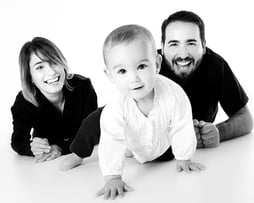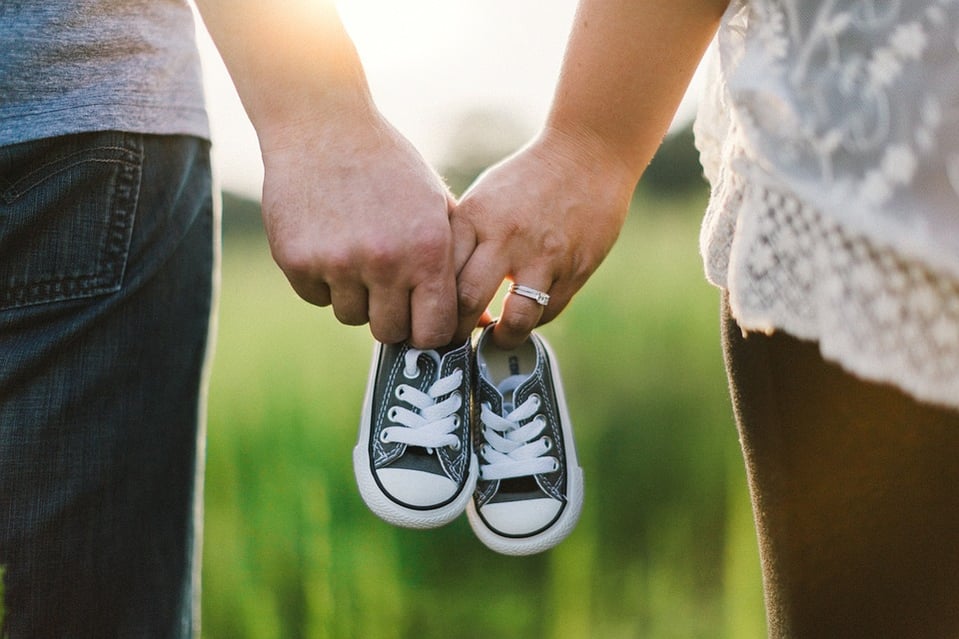Adopting a child from the United States (domestic adoption) can be a rewarding way to grow your family. There are children from newborn babies to adolescents who need loving adoptive families. There are children of every ethnic background. There are children who are healthy and developing normally and also with special medical and/or developmental needs. All the children deserve a forever family.

There are three main types of domestic adoption:
- Domestic Private Agency Adoption: Families may adopt a baby with the support and guidance of an authorized/licensed adoption agency. The authorized agency, for example Family Connections, Inc., will
a) investigate and approve the family for adoption,
b) work with potential birth families,
c) match the family with a birth family (via birth parent choice),
d) support the birth and adoptive families as they development a relationship,
e) help develop the hospital plan for the two families,
f) help with the surrender and placement of the child (through adoption attorneys),
g) support the birth parent(s) and adoptive parents after placement (life-long support).
The birth parent(s) voluntarily surrender their custodial rights to the adoption agency who then provides the adoptive parents with physical custody of the child. The adoptive family receives legal custodial rights to the child during adoption finalization in the courts. The majority of adoptions are of newborn or young infants.
- Domestic Private Independent Adoption: Those families wishing to adopt a child privately will have an agreement with a birth parent(s). The adoptive family matches with a birth family by themselves. They then work with a private attorney to make the arrangements for the adoption. The birth parent(s) voluntarily surrender their custodial rights to the child and the adoptive family is granted guardianship. The majority of adoptions are of newborn or young infants.

- Domestic Public Adoption: Families may adopt a child(ren) from the foster care system whose parents' custodial rights were terminated by the Court and whose foster parents do not wish to adopt them. The majority of children in need of families are children with special medical (physical and mental health) and/or developmental needs (e.g. Cerebral Palsy, chromosomal disorders, ADHD, Fetal Alcohol Syndrome, visual impairment, etc). or older children (6 years and older). All the children have a history of abuse and/or neglect in their birth families. To learn more about the children waiting for families visit the national photo listing of waiting children at www.adoptuskids.org.
Family Connections, Inc. has been supporting families who wish to adopt a child through a private agency adoption, private independent adoption, or public adoption since 1994. The agency has a private domestic infant adoption placement program. The agency also provides home study and post-placement supervision services for families adopting from the public foster care system or through a private independent adoption. Family Connections, Inc. would be glad to support your adoption plan. You can contact us at 607-756-6574 or info@adoptfamilyconnections.org. If you would like to request a free, one-on-one consultation with an adoption professional click on the link below:




Let Us Know What You Thought about this Post.
Put your Comment Below.